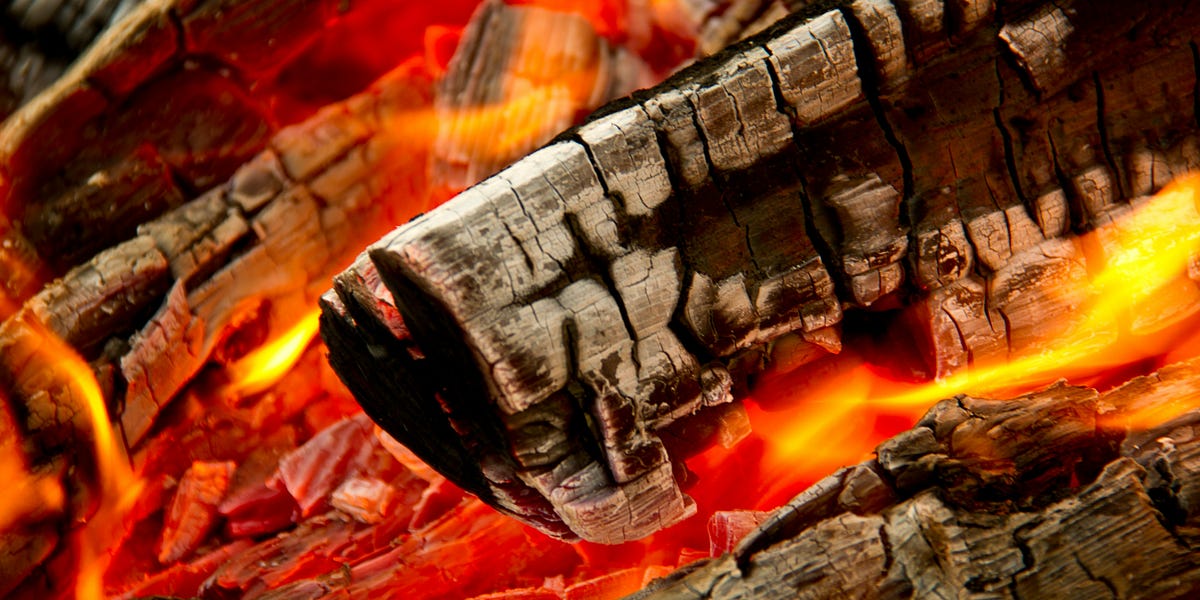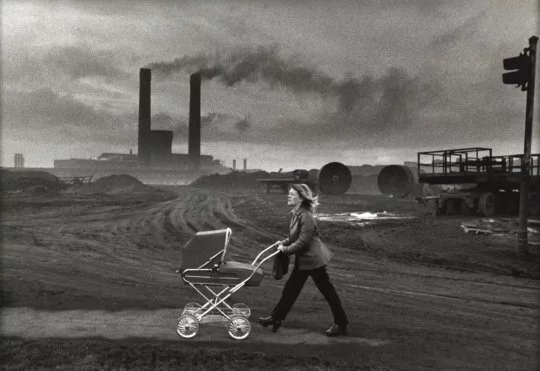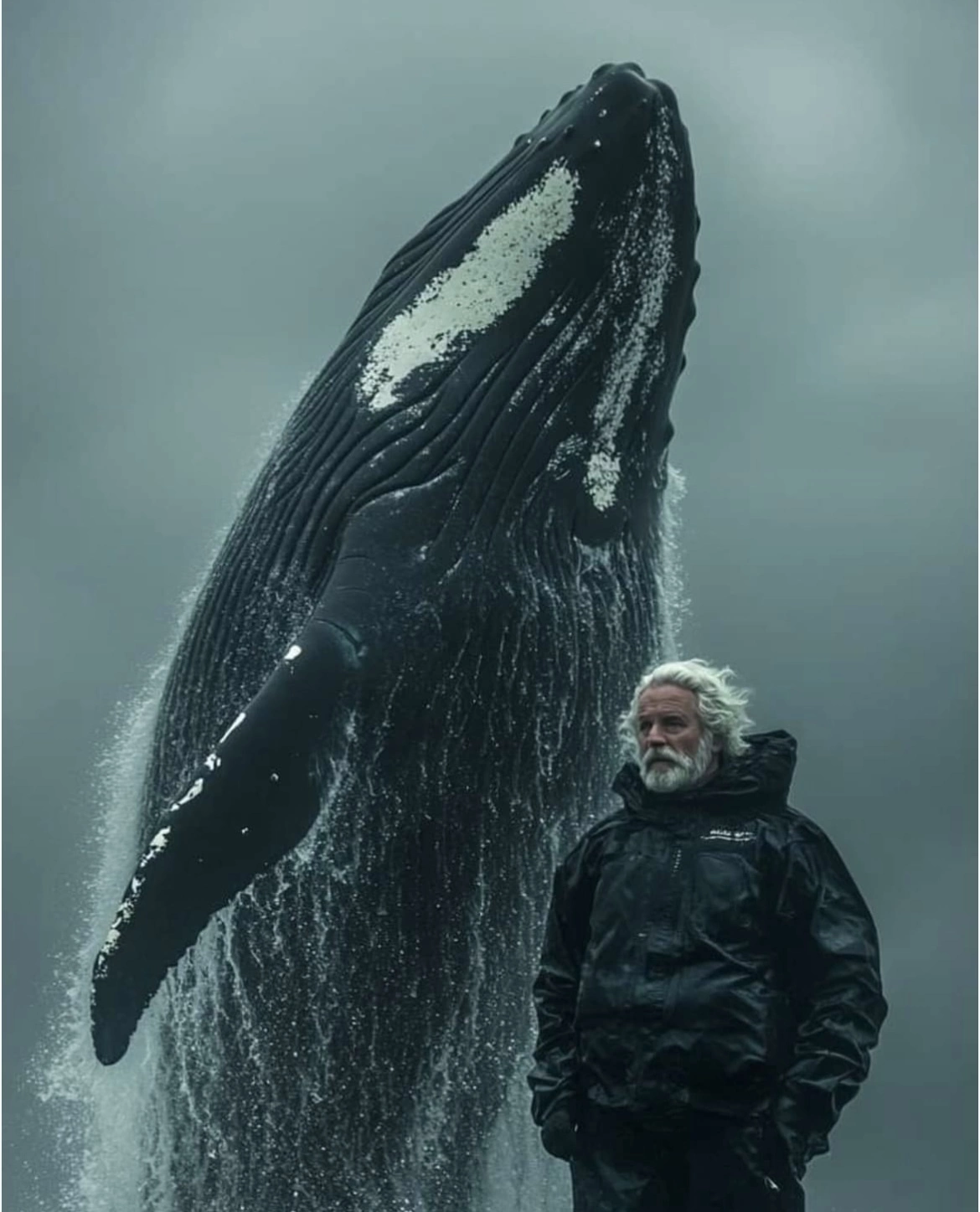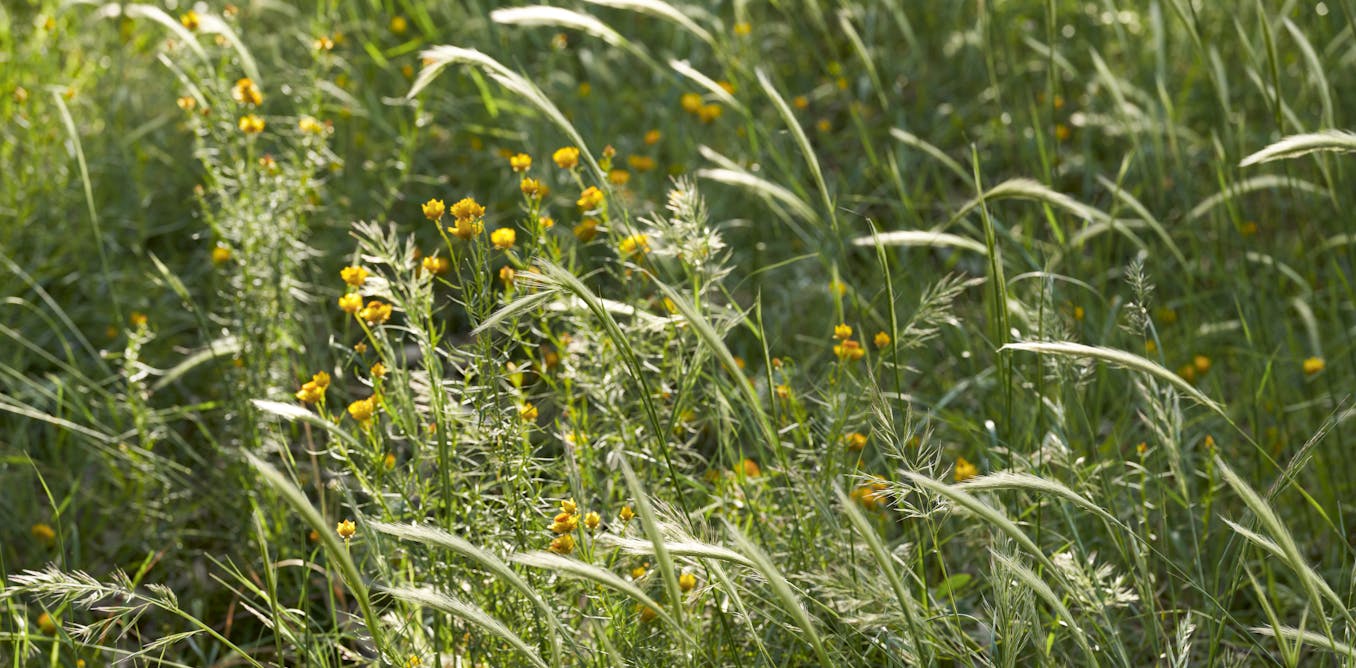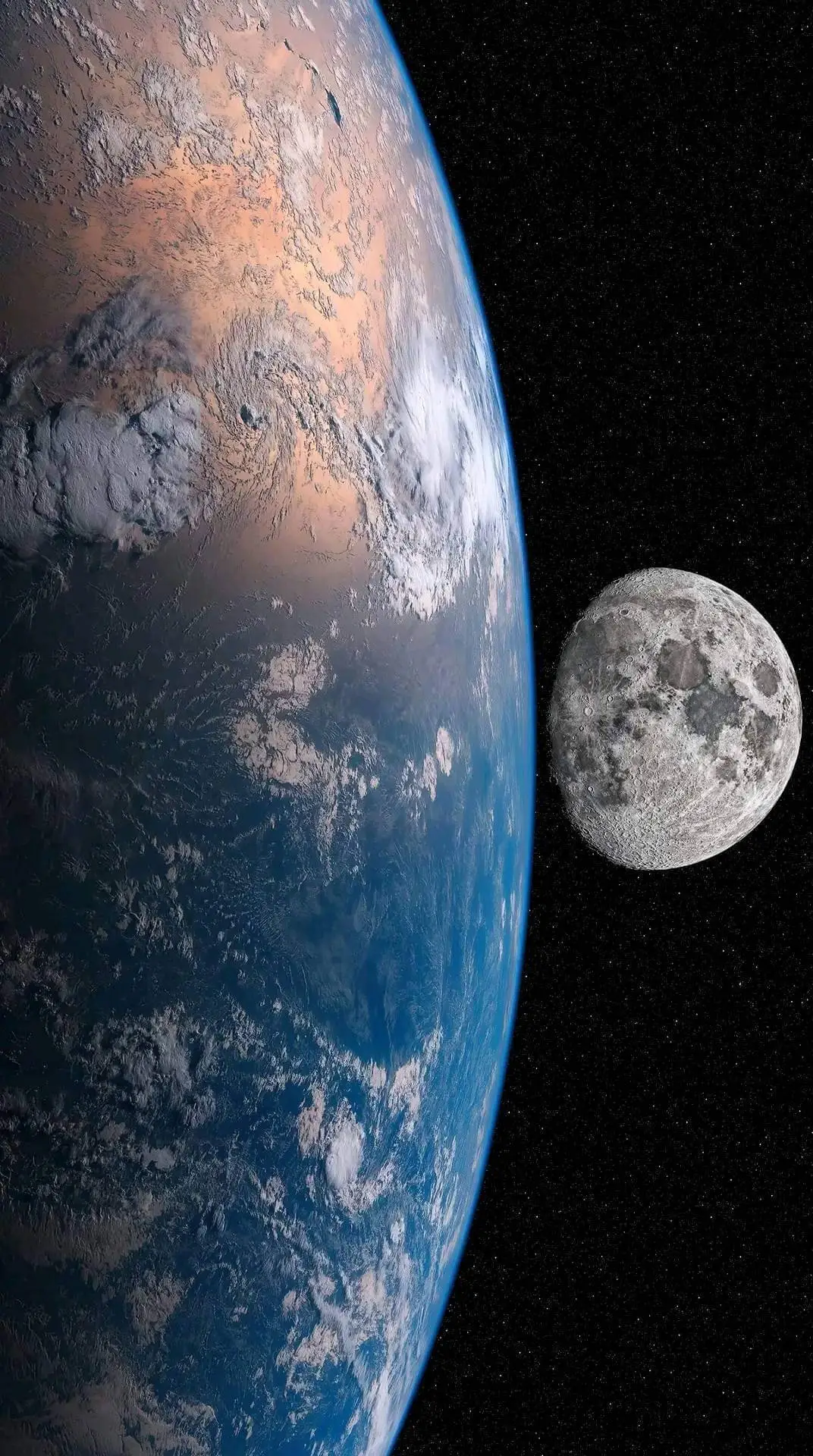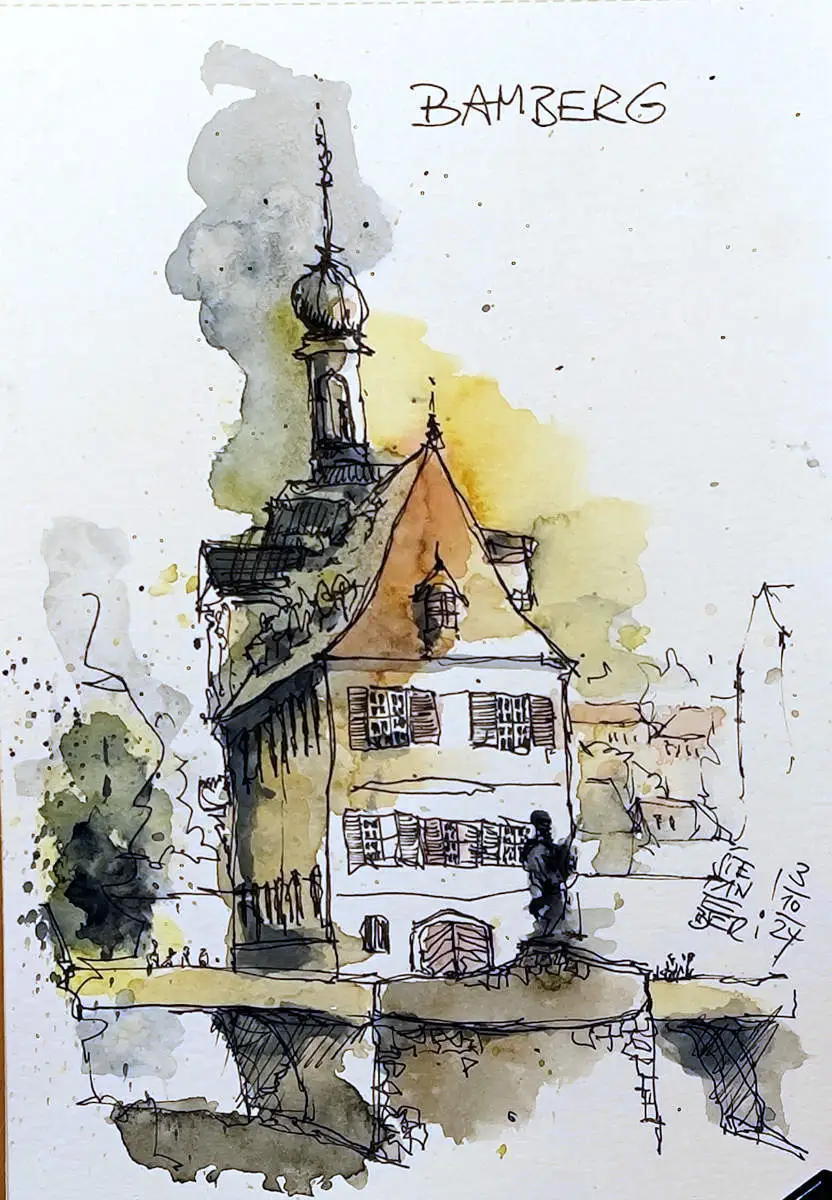"Paul Watson, Gardien des Océans: Ode à la Liberté"
Liberté pour Paul Watson, gardien des mers, Héros des océans, face à l'univers,
Son cœur bat pour les géants des flots, Les baleines sacrées, sous le ciel et l'eau.
Enchaîné pour ses rêves, ses combats infinis,
Il affronte la tempête, il brise l'interdit, naviguant en silence, entre vagues et fureur, Pour protéger la vie, contre toute terreur.
Les harpons s'élancent, avides de sang, Mais Watson, debout, défie les vents, Son navire est un phare dans l'immensité, Un cri de justice, une voix de vérité.
Libérez-le, car la mer l'appelle,
Ses enfants des abysses, doux et fidèles, Ont besoin de ses bras, de son courage, Pour survivre aux hommes et à leur carnage.
Paul Watson, libéré, que ton nom résonne, Pour que jamais le chant des baleines ne s éteigne ni ne sonne,
Tu es leur bouclier, leur espoir vivant, Héros des océans, résistant des vents.”
Cédric Kyoto
#PaulWatson #Liberté #SauverLesBaleines
#ProtectionDesOcéans #HérosDesMers
#ConservationMarine #LutteEcologique
#JusticePourLesOcéans #LibérezPaulWatson
#Environnement






